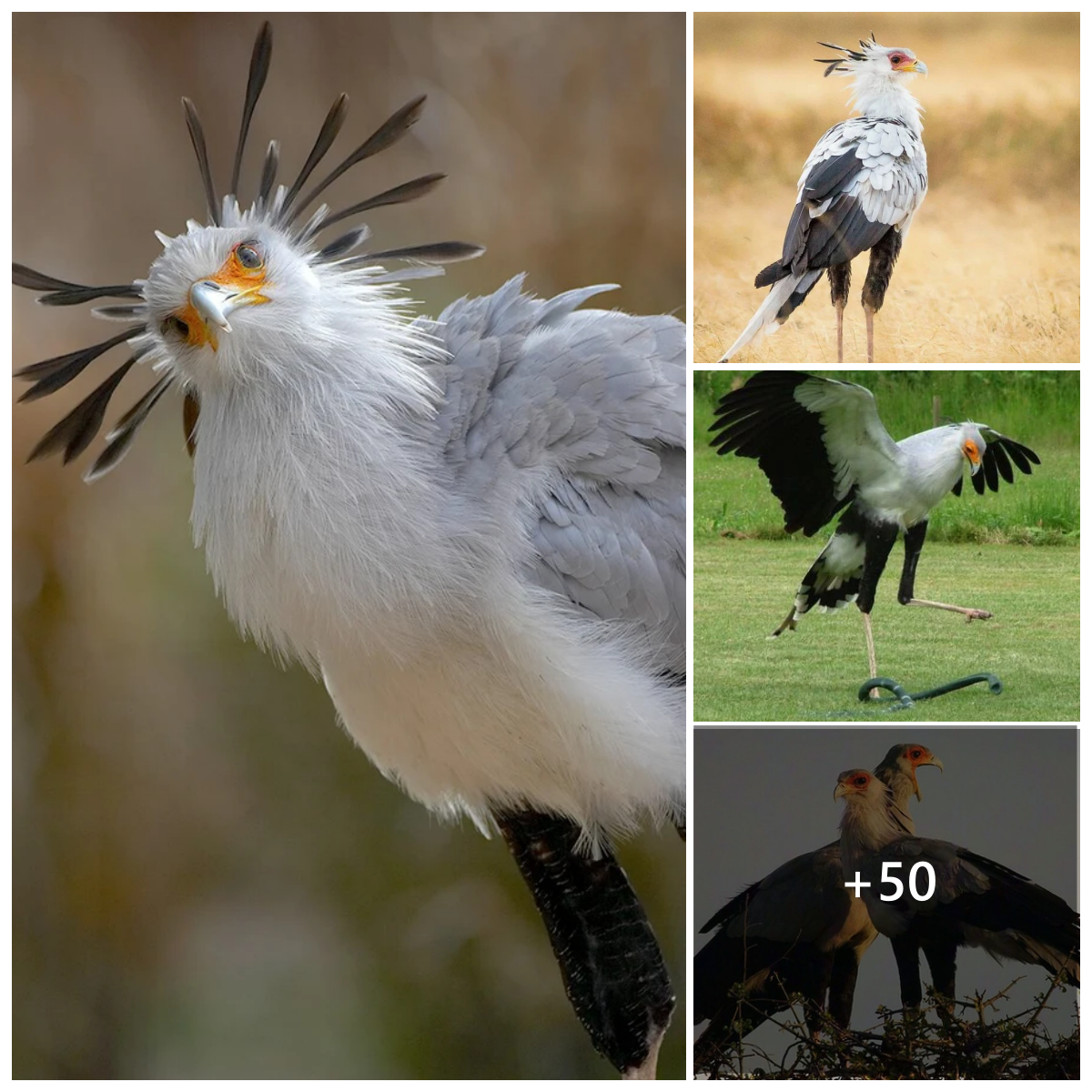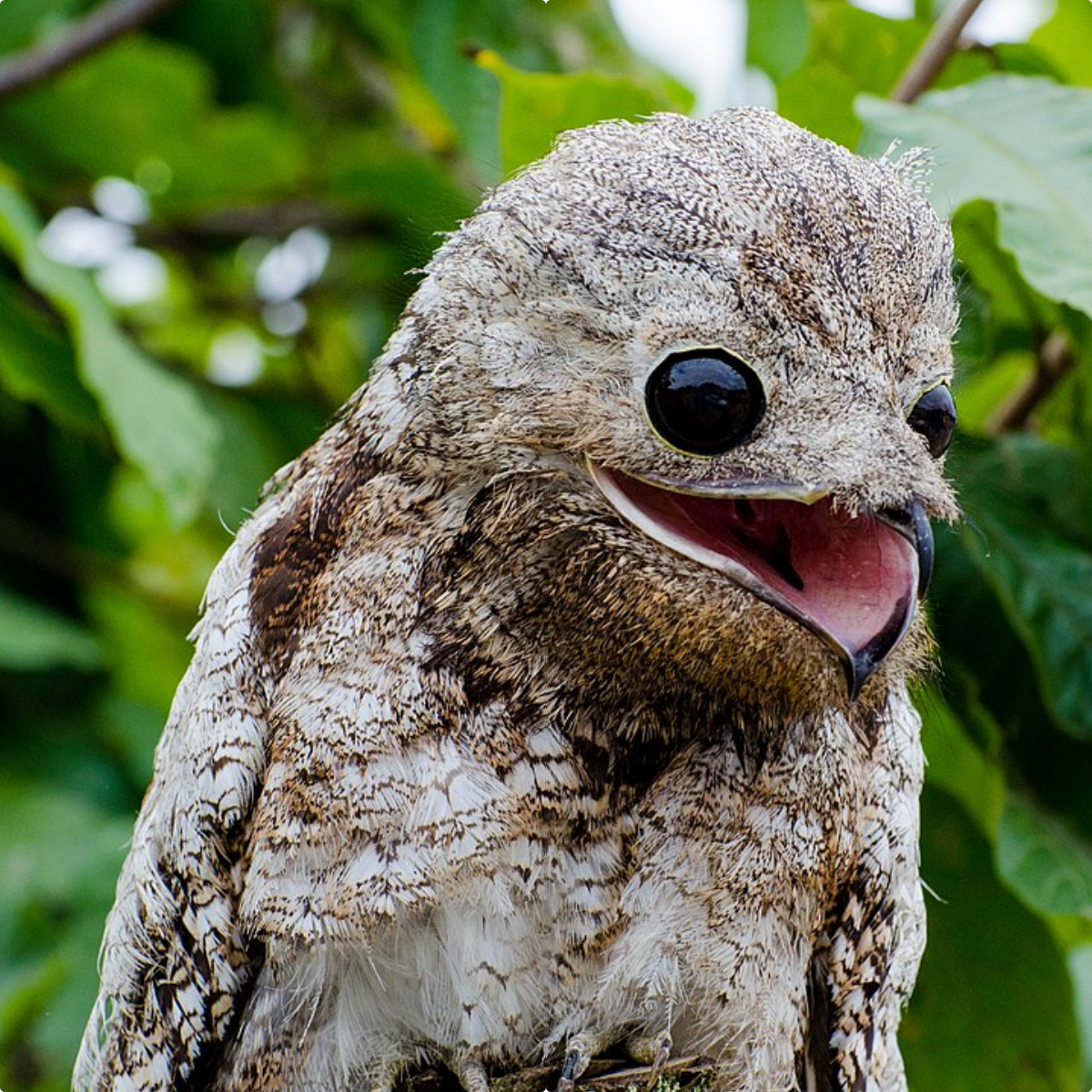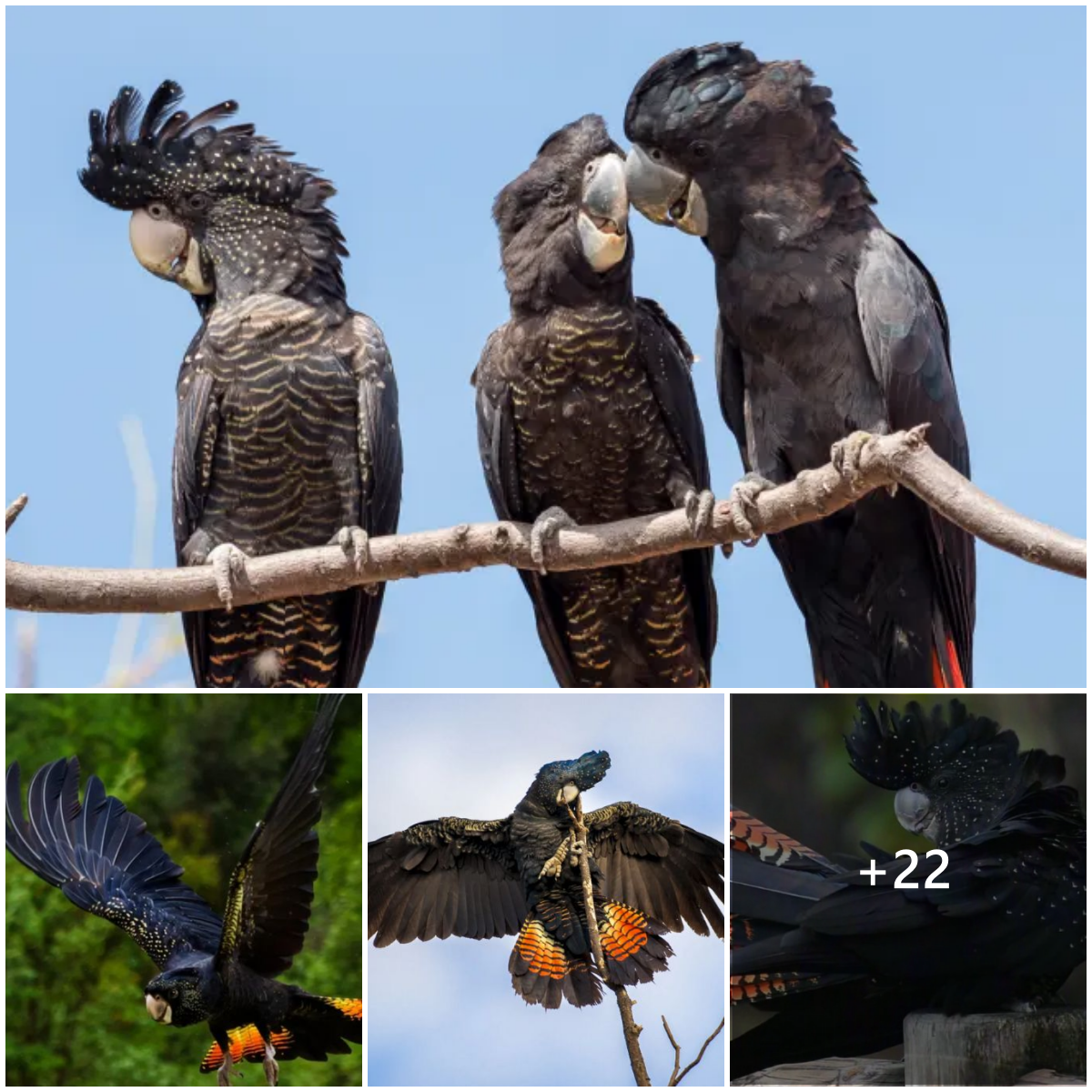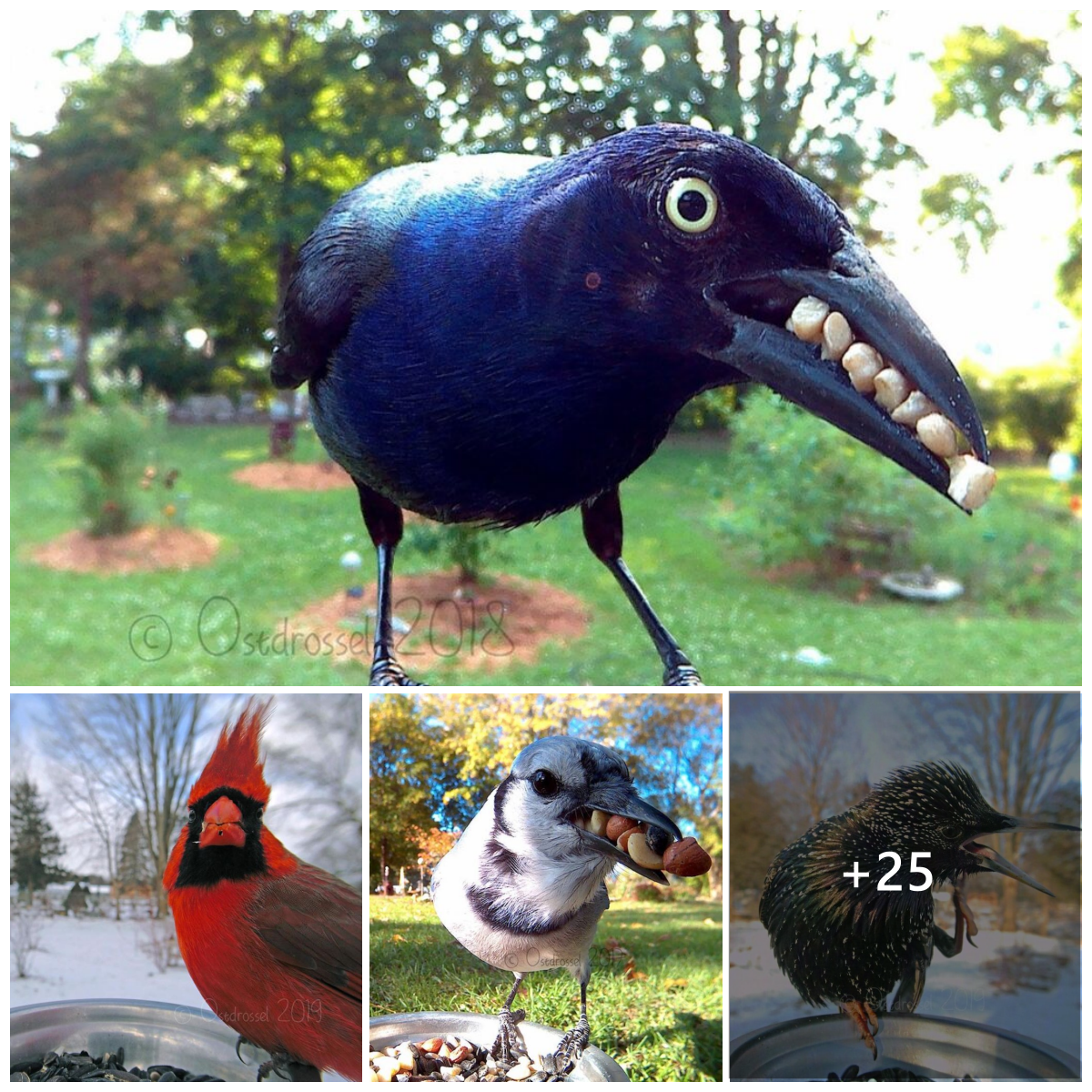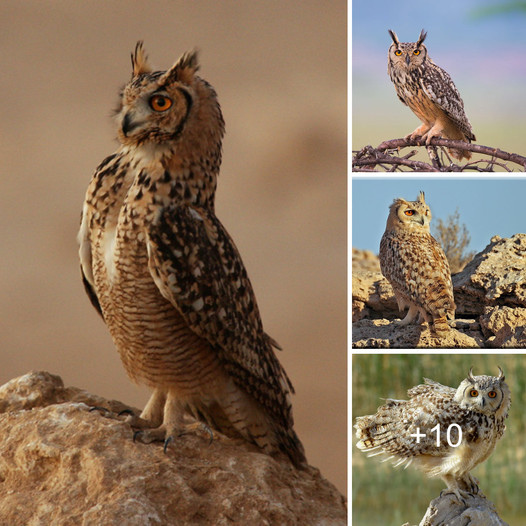Summary
The scale-crested pygmy tyrant (Lophotriccus pileatus) is a tiny South American tyrant flycatcher with a distinct shaggy crest. This species is significantly understudied due to its remote tropical forest habitat. Most of the research on this bird is inferred from other South American flycatchers, which is not definitive. This article will be updated once more information becomes available about this species. But, for now, you can learn about where to find them and how to identify them.

Amazing Scale-crested Pygmy Tyrant Facts

- They live in tropical forest lowlands and mountains, where they spend their days flying about the lower canopy, searching for food.
- They raise their unique crests when attracting a mate and to ward off predators. Raising the crest allows them to appear larger.
- This species is not social. You will typically find them alone or in pairs.
- They have sharp bills, which they use to catch insects.
Where to Find the Scale-crested Pygmy Tyrant
This species is native to South America and Central America, where you can find it in subtropical and tropical environments. They live in eight countries: Colombia, Costa Rica, Ecuador, Honduras, Panama, Peru, Venezuela, and Bolivia. The scale-crested pygmy tyrant is nonmigratory, staying in its environment year-round. This bird lives in tropical forests in both lowlands and mountainous regions. And they spend their time in the lower forest canopy, moving from tree to tree. You can occasionally find them in deep forests, but they often stay near the forest edges and second growth.
Scientific Name
The scale-crested pygmy tyrant (Lophotriccus pileatus) belongs to the Tyrannidae family, encompassing the tyrant flycatchers. Its genus, Lophotriccus, consists of South American tyrant flycatchers. The word lophos means “crest” in Ancient Greek. The specific epithet, Pileatus, means “capped” in Latin, also referring to the bird’s distinct crest.

Size, Appearance, and Behavior
The scale-crested pygmy tyrant is a small passerine with an unknown weight and length. All we know is that they are tiny and hard to spot in the wild. They are relatively plump-looking birds with large, round eyes, long, pointed bills, and long tails. This species is an overall olive-brown color, with gray throats, whitish bellies, streaky black wings, and pale eyes. They also have a distinct rufous-colored crest with black markings. The crest appears shaggy and scale-like and is typically raised to attract a mate or to ward off predators. They are not known for being social, and you can often find them alone or in pairs.

Migration, Pattern, and Timing
The scale-crested pygmy tyrant is nonmigratory, meaning it lives year-round in its environment.
Evolution and History
This species is difficult to find due to its remote habitat, so humans don’t have much interaction with it. There is currently no research about the scale-crested pygmy tyrant’s evolution and history.
Diet
The scale-crested pygmy tyrant is strictly insectivorous, but its exact diet is unknown. They forage in the lower forest canopy, flying from branch to branch, searching for food. And they use their sharp beaks to catch their prey. Tyrant flycatchers found in tropical South American habitats typically forage in mixed-species flocks.
Reproduction, Young, and Molting
The breeding biology of the scale-crested pygmy tyrant is unstudied, so we can only hypothesize its reproduction habits. The breeding season most likely begins in late summer through late fall. Due to its terrestrial lifestyle, this species may nest on the ground or in trees. The nearby pale-bellied tyrant has an average clutch size of two and the nestling period lasts approximately two weeks. The scale-crested pygmy tyrant has an average lifespan of 2.5 years.
Predators, Threats, and Conservation Status
The IUCN lists the scale-crested pygmy tyrant as LC or “least concern.” Due to its extensive range and significant population size, this species does not meet the “threatened” status thresholds. While they do not experience any remarkable threats, their downward-trending population may be caused by forest fragmentation. There is no data on their natural predators, but they may lift their crests when frightened to make themselves look bigger.
Population
The global scale-crested pygmy tyrant population numbers 500,000 to five million mature individuals. This species is moderately declining but is still relatively common in its range. There is also no extreme fluctuation or fragmentation in its numbers.
